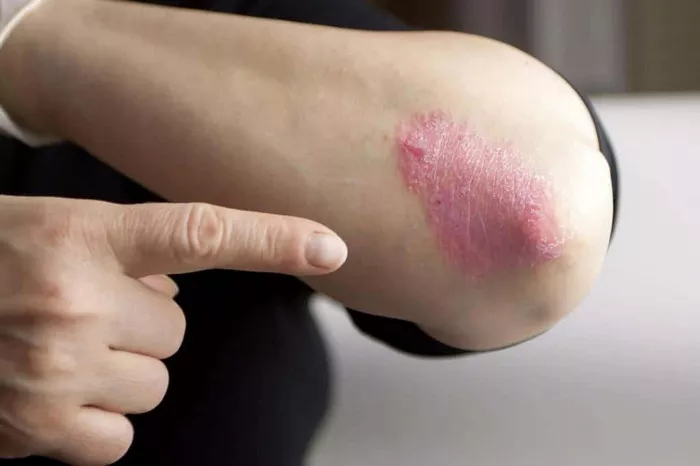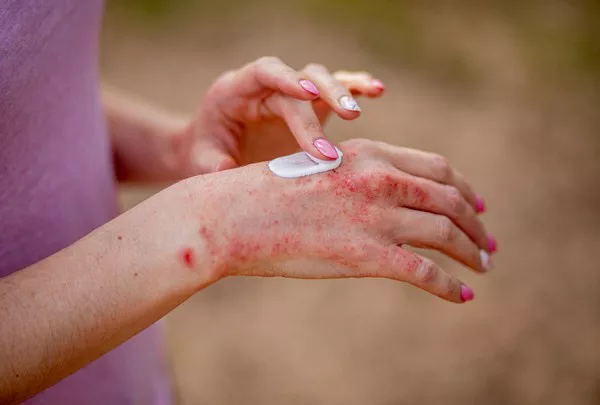Vitiligo is a chronic skin condition characterized by the loss of pigment-producing cells, leading to white patches on the skin. The condition affects individuals of all ages and ethnicities, and while it is not life-threatening, it can significantly impact a person’s appearance and psychological well-being. The management of vitiligo often involves a combination of treatments, lifestyle adjustments, and sun exposure considerations. In this article, we will explore the relationship between sun exposure and vitiligo, evaluating the potential benefits and risks associated with sunlight for individuals with this condition.
Understanding Vitiligo
Vitiligo occurs when melanocytes, the cells responsible for producing melanin, the pigment that gives skin its color, are destroyed or stop functioning. The exact cause of vitiligo remains unclear, though it is believed to involve a combination of genetic, autoimmune, and environmental factors. Common forms of vitiligo include:
- Non-Segmental Vitiligo: The most common type, affecting both sides of the body symmetrically.
- Segmental Vitiligo: Typically affects one side of the body and tends to progress rapidly.
- Universal Vitiligo: A rare form that affects almost all skin areas.
The Role of Sun Exposure in Vitiligo Management
The relationship between sun exposure and vitiligo is multifaceted. On one hand, sunlight can have therapeutic effects, while on the other, excessive sun exposure can exacerbate the condition. Understanding these dynamics is crucial for developing an effective management strategy.
Potential Benefits of Sun Exposure
1. Phototherapy: Controlled sun exposure, or phototherapy, is a common treatment for vitiligo. It involves the use of ultraviolet (UV) light to stimulate melanocyte production and promote repigmentation of the skin. Narrowband UVB (NB-UVB) phototherapy is particularly effective and is often used in clinical settings.
2. Vitamin D Production: Sunlight exposure helps the body produce vitamin D, which is essential for overall health. Some studies suggest that vitamin D may play a role in regulating the immune system and may have implications for autoimmune conditions like vitiligo.
3. Improved Skin Health: Moderate sun exposure can improve overall skin health by enhancing blood circulation and promoting the synthesis of vitamin D. This can contribute to healthier skin, which might benefit those with vitiligo.
Risks and Considerations
1. Risk of Sunburn: Individuals with vitiligo may have areas of skin that are more sensitive to UV light, making them prone to sunburn. Sunburn can exacerbate vitiligo lesions and lead to further skin damage.
2. Skin Cancer Risk: Prolonged or excessive sun exposure can increase the risk of skin cancer. People with vitiligo must take precautions to protect their skin from harmful UV rays.
3. Uneven Pigmentation: Sun exposure can lead to uneven pigmentation in vitiligo-affected areas, making the contrast between affected and unaffected skin more pronounced.
Guidelines for Safe Sun Exposure
To maximize the benefits of sun exposure while minimizing the risks, individuals with vitiligo should follow these guidelines:
1. Consult a Dermatologist: Before making any changes to your sun exposure habits, consult with a dermatologist who can provide personalized recommendations based on your specific condition.
2. Use Sunscreen: Apply a broad-spectrum sunscreen with a high SPF to all exposed areas of skin. Sunscreen helps protect against UV damage and prevents sunburn.
3. Limit Sun Exposure: Avoid prolonged sun exposure, especially during peak hours (10 a.m. to 4 p.m.). Instead, opt for shorter, controlled periods of sun exposure.
4. Protective Clothing: Wear protective clothing, such as hats and long-sleeved shirts, to shield your skin from direct sunlight.
5. Phototherapy: If recommended by a dermatologist, consider phototherapy as a controlled method to benefit from UV light without excessive sun exposure.
SEE ALSO: What Doctors Treat Vitiligo?
Alternatives to Sun Exposure
For those who cannot tolerate sun exposure or prefer alternative treatments, other options are available:
1. Topical Treatments: Various topical treatments, including corticosteroids and calcineurin inhibitors, can help manage vitiligo by reducing inflammation and promoting repigmentation.
2. Cosmetic Solutions: Camouflage creams and makeup can help even out skin tone and cover vitiligo patches, providing a temporary solution to improve appearance.
3. Depigmentation Therapy: In cases where vitiligo is widespread and repigmentation is not feasible, depigmentation therapy may be considered to lighten unaffected skin to match the vitiligo patches.
The Importance of Individualized Treatment
Vitiligo is a highly individual condition, and what works for one person may not be effective for another. Factors such as skin type, the extent of vitiligo, and overall health should be considered when determining the best approach to sun exposure and treatment.
Conclusion
In summary, sun exposure can offer potential benefits for individuals with vitiligo, particularly through controlled phototherapy and vitamin D synthesis. However, it is essential to approach sun exposure cautiously to avoid risks such as sunburn and skin damage. Personalized guidance from a dermatologist, combined with sun protection measures, can help individuals with vitiligo make informed decisions about sun exposure and manage their condition effectively.
By balancing the benefits and risks of sun exposure, individuals with vitiligo can work towards improving their skin health and managing their condition in a safe and effective manner.
Related Topics:



























